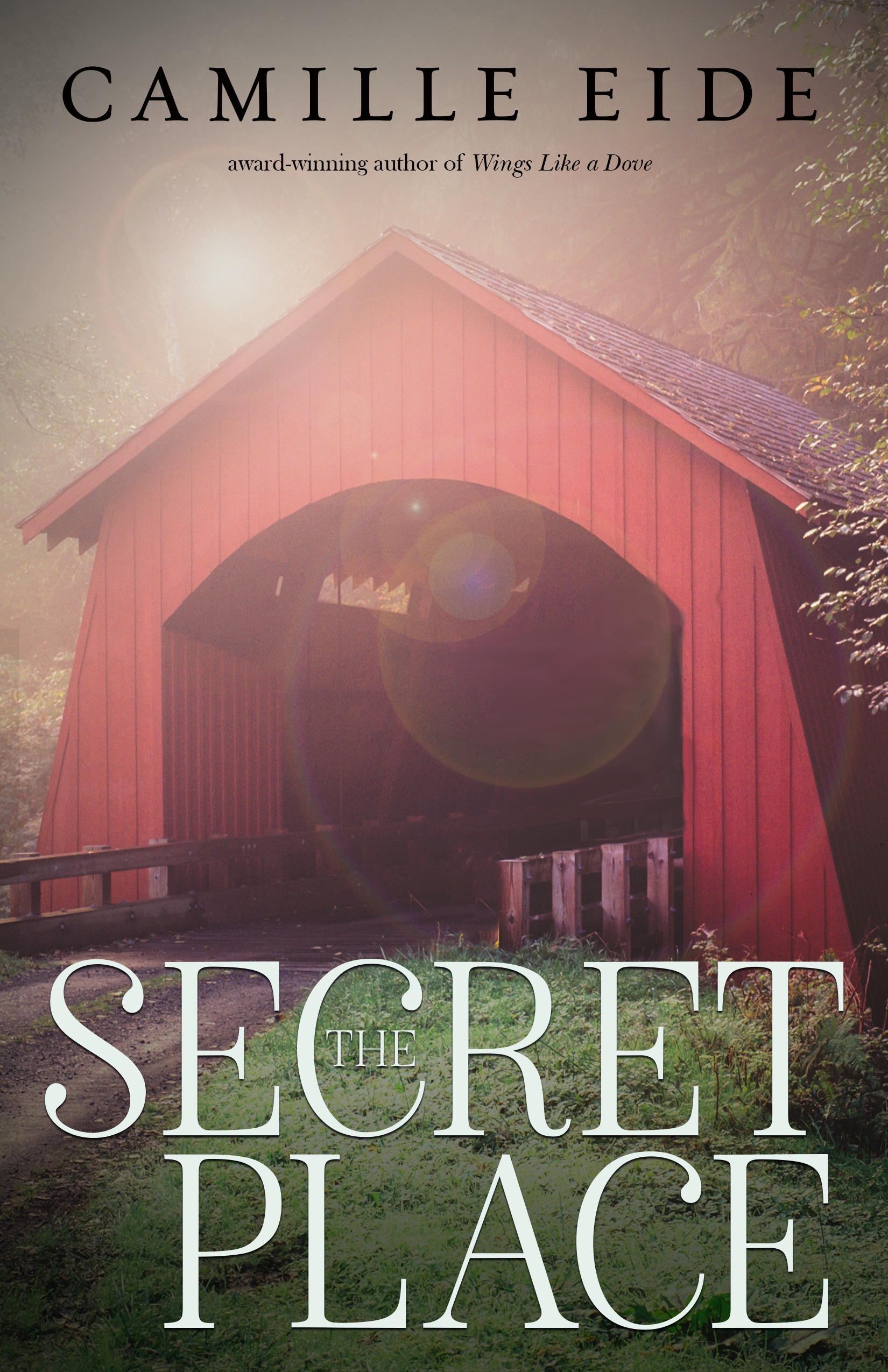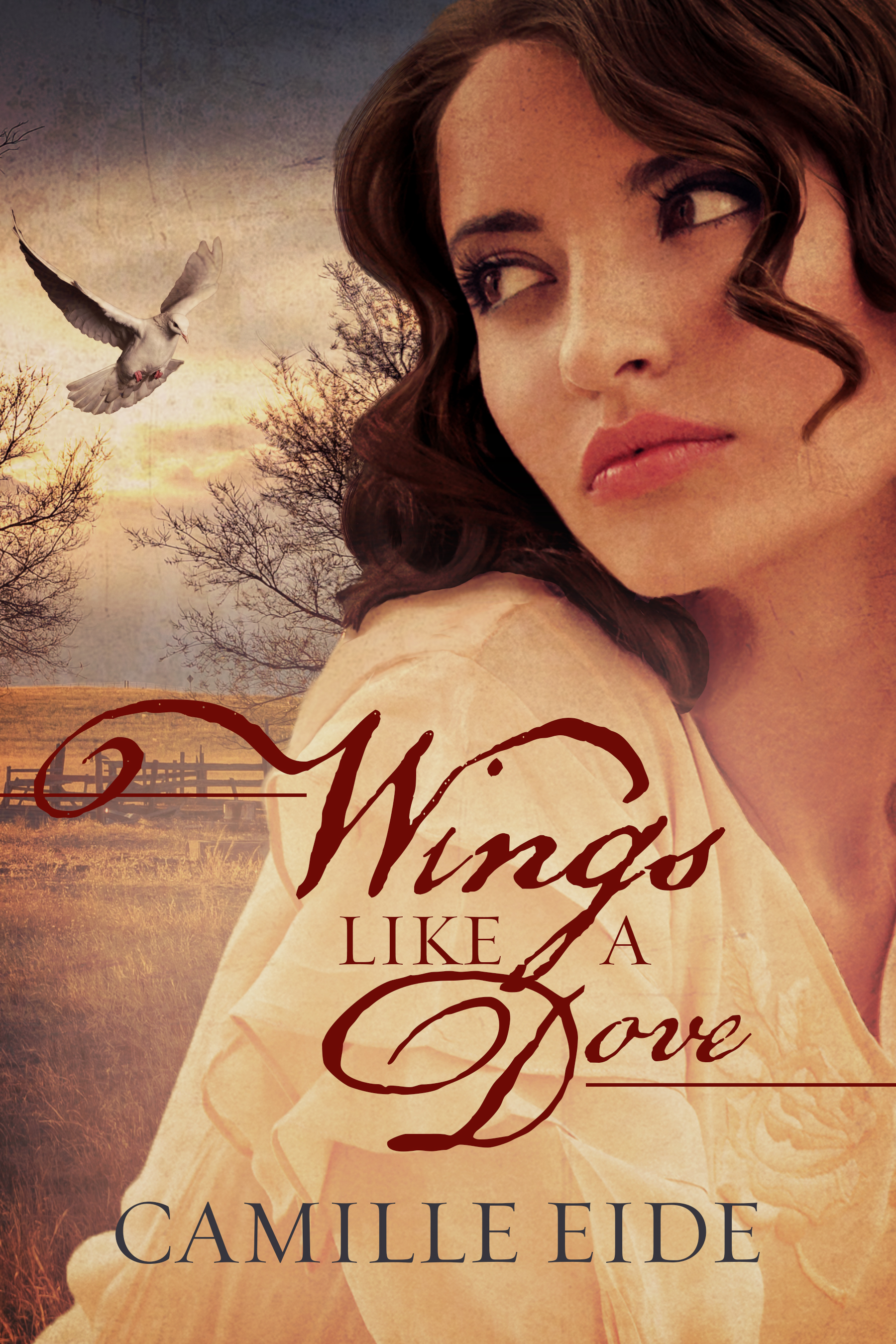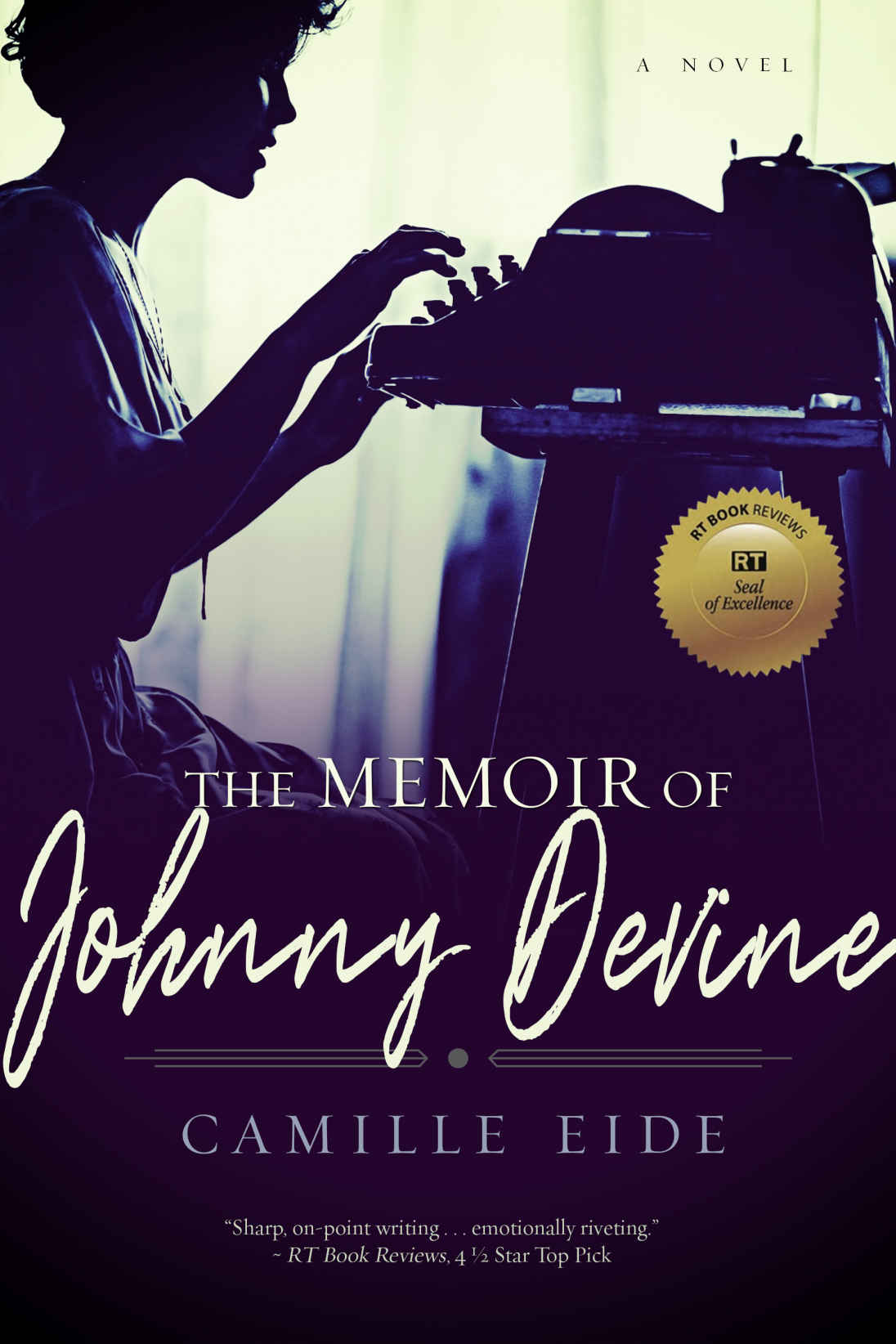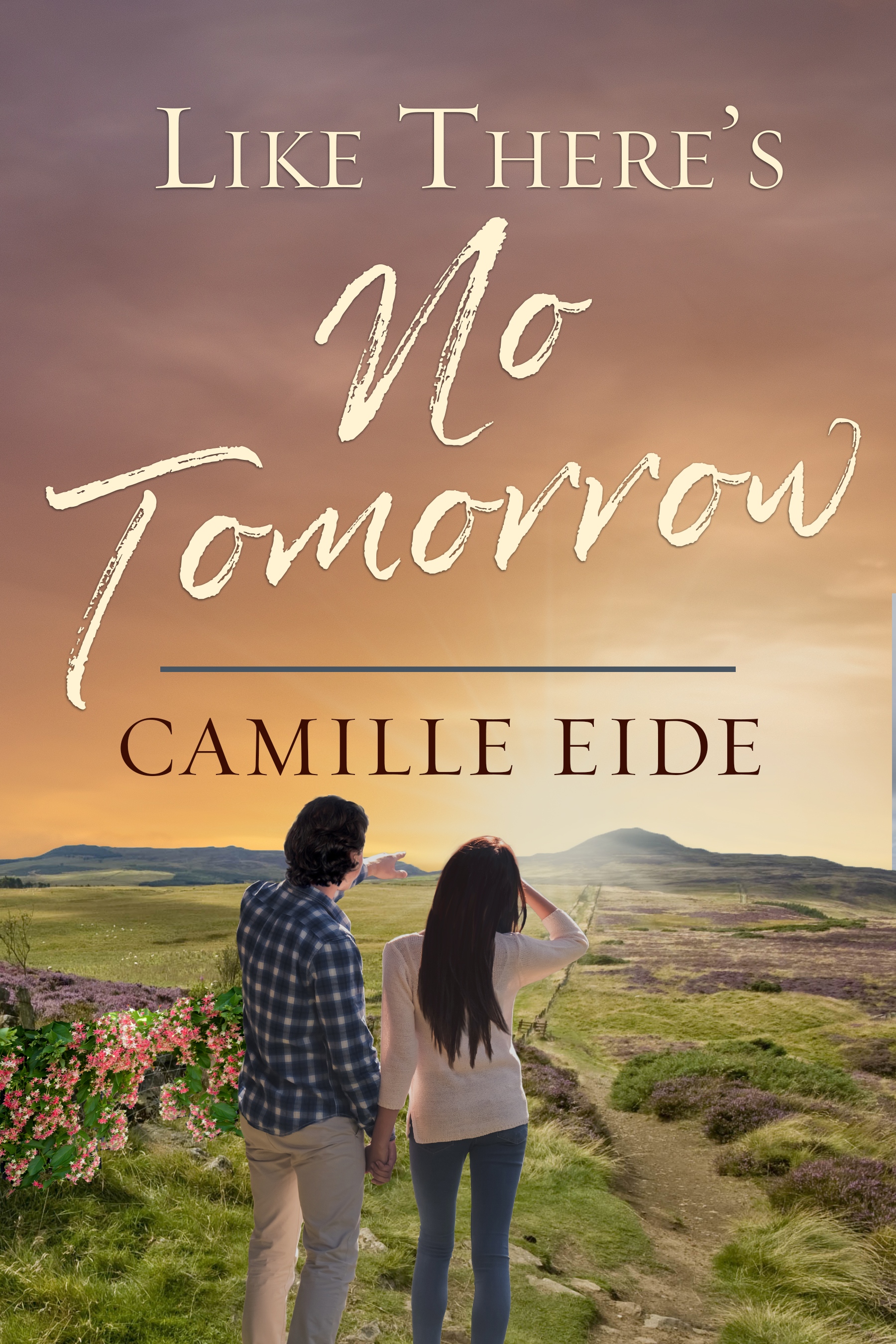 BREAD …
BREAD …
Do you salivate just hearing that word?
Bread is a staple of so many world cuisines. Mix flour, oil, water & salt and you have a tortilla. And good heavens, some bread is more addictive than street drugs (just a guess, Mom). Have you ever buttered a slab of homemade bread still hot from the oven? Sunk your teeth into a freshly-baked cinnamon roll? Guarded that sweet, spongey little center knob with a hiss that would scare off a coyote?
Don’t give me that look, you know what I’m talking about.
Bread symbolizes Life in so many ways, don’t you think? It’s so universal, so basic a life-giving staple that we ALL need, recognize, and can relate to. I wonder if Jesus referred to himself as the “Bread of Life” for this very reason.
Because my upcoming novel, Wings Like a Dove, is the story of a young Jewish woman, let’s talk about Challah (pronounced: KHAH-luh). This is a Hebrew, ceremonial bread eaten on Shabbat and Jewish holidays. Have you ever baked it? Eaten it?
In the story, Anna often bakes bread for the boys she tutors, and sometimes, it’s challah. For her, there is special meaning in the baking and sharing of this bread. For example, she explains to young Samuel that the braid symbolizes unity and mankind’s interdependence, that people need one another in order to succeed. For Anna, this is a belief perhaps discussed by her family as she grew up taking part in Shabbos. But in the story, as Anna’s journey progresses, this philosophy will be put hard to the test.
I am not Jewish, but I do like to bake, and I used to bake bread quite often. We didn’t have a lot of money and it’s such a ridiculously cheap but delicious treat. When my kids were younger, I found a recipe for challah and made it a handful of times, to my “if you bake it, we will come” carb-a-holic family’s delight. The challah recipe I used came from a magazine (remember those??).
I was intrigued by the fact that the recipe called for extra egg yolks, which makes the finished bread golden yellow. The yolks also gave the loaf a rich, satisfying flavor. We loved the bread, but none of us had any idea what challah was actually meant to be used for. All we knew was that we loved to inhale it, and the more butter we could slather on it, the better.
So since we are breaking virtual bread together, I asked my Jewish friend, Donna Cohen, if she would share some thoughts about challah with us.
“I am no expert in Judaism but I sure do love my challah! The interesting thing about challah is that, while it is associated religiously with Shabbos (the Sabbath) it is also associated culturally with the Jewish people. In our home, leftover challah is used for making French Toast, garlic bread, PB&J, and just plain toast!
For me, baking my own challah is part of the spirituality of Shabbos. On Shabbos, two challahs are set on the table representing the double portion of manna that came from G-d. The process of making the dough, braiding the bread, and the amazing smell of the bread helps to put me in the spirit of Shabbos.
Here is an important fact: There is no such thing as a typical challah. There is a basic challah recipe but so many variations from that recipe. Some use sugar, others use honey. Some use white flour, others wheat flour. Some use oil, others margarine. Some may have raisins, others do not. Many have a combination of these. There are even recipes for gluten free challah.
Actually there are certainly hundreds of recipes (and that is probably an understatement)! I have a cookbook devoted only to challah. Not only does it have recipes, but it includes rituals related to challah as well as instructions on how to braid challah (there are many techniques using various numbers of strands and different ways to create various shapes). The most common types are probably plain, or topped with poppy or sesame. I’ve seen them made with other toppings as well such as garlic, sprinkles, or even chocolate chips (usually pareve which means non-dairy as in kosher homes meat and milk are not mixed). Some people get extremely creative! In my assortment of various other kosher cookbooks, there are inevitably a few recipes for challah. YouTube has many tutorials as well.
Challah baking is more than bread baking. It’s tradition, it’s a personal and spiritual experience, and it is a way to bring blessings into the home. I’ve experienced “Challah Bakes” where hundreds of women get together to bake. It is amazing to feel the energy in that room. All over challah.

Here’s a picture of my plain challahs that I baked for Shabbos. Wish you could all join us for a taste! To those who celebrate, Shabbat Shalom!” -Donna Cohen
Thank you, Donna! So my question for Donna is why the two different types of braids in the pictured batch?
There are many options as far as recipes and styles of challah, but if you want to give it a try, here’s one fairly basic recipe that I found online. And please feel free to share your bread recipes and stories, challah or any other kinds.
Let’s Talk:
- What is your favorite bread to eat? To bake?
- Have you ever baked or tried challah?
If you have not and are now determined to try challah, I hope you’ll come back and comment (or email me) and share your challah baking or sampling experience.
Blessings!
-Camille
Read Full Post »
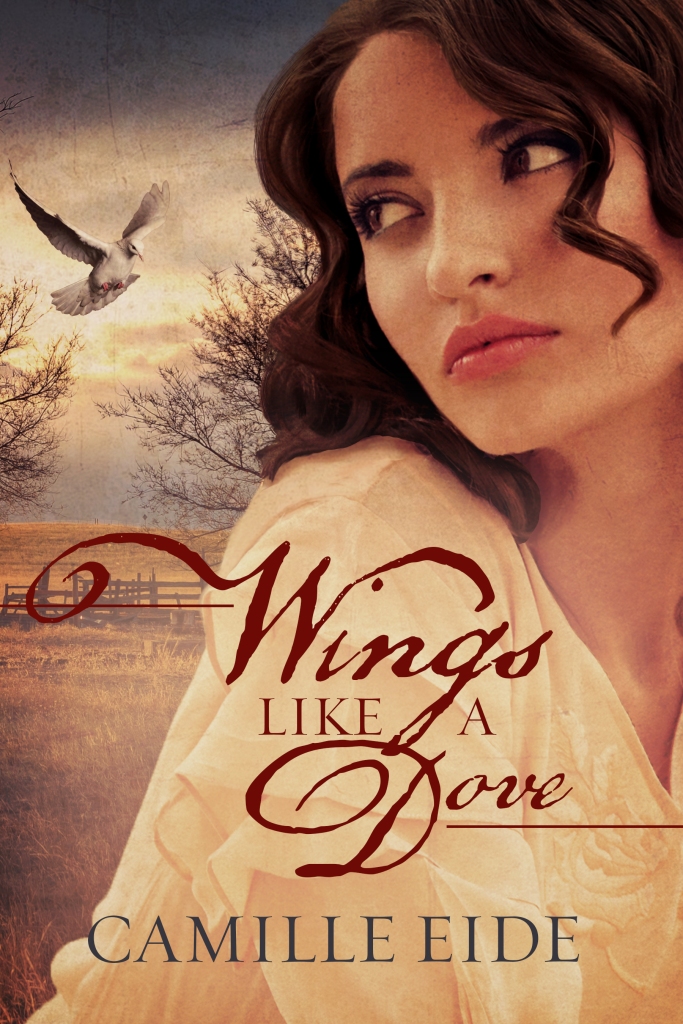

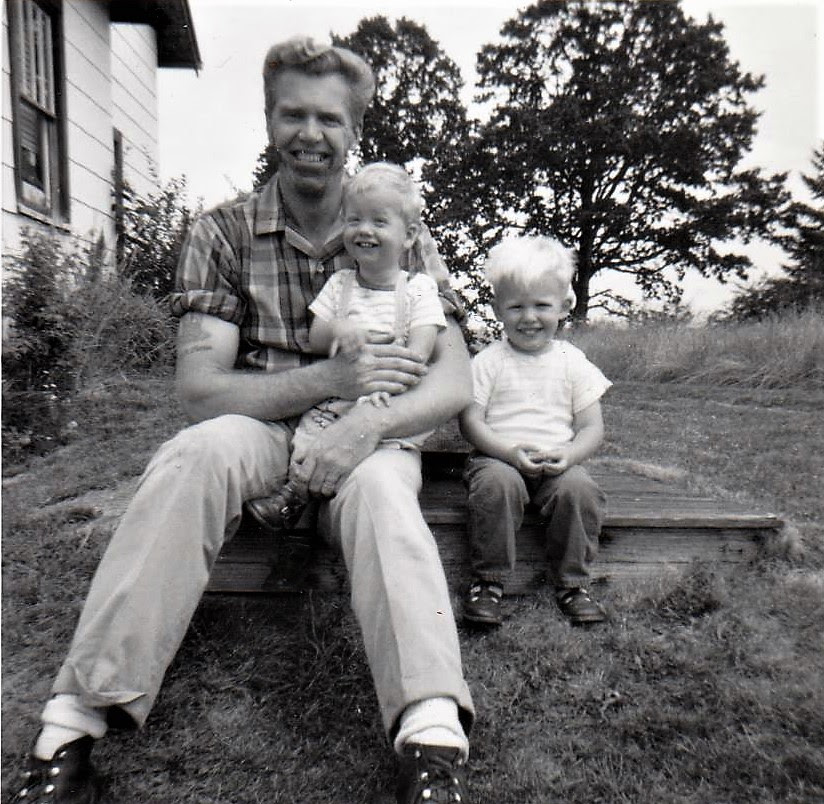

 If you can’t make it to either party
If you can’t make it to either party




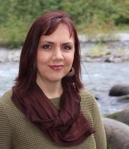 Are you new to my fiction? I write poignant dramas with a solid love story. My books include both contemporary and historical, serious and sarcastic, and I season it all with hope, faith, and grace. You can find me hanging out on social media, at my
Are you new to my fiction? I write poignant dramas with a solid love story. My books include both contemporary and historical, serious and sarcastic, and I season it all with hope, faith, and grace. You can find me hanging out on social media, at my 

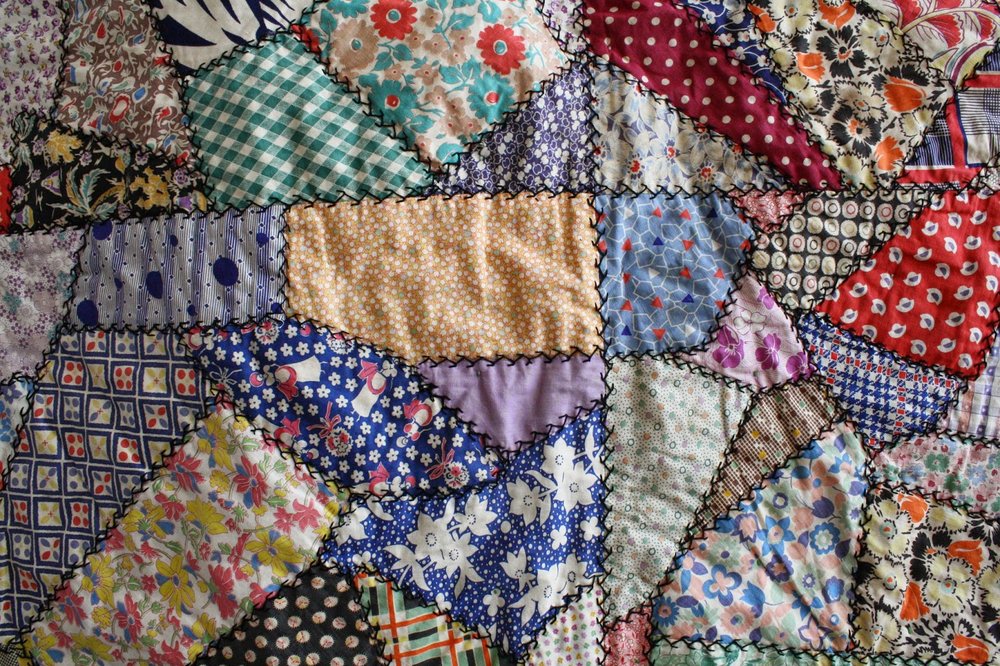


 BREAD …
BREAD …
